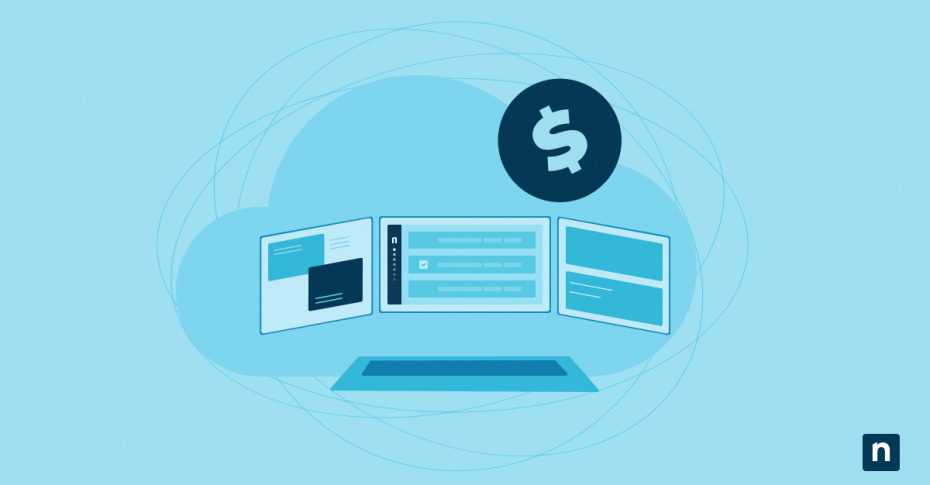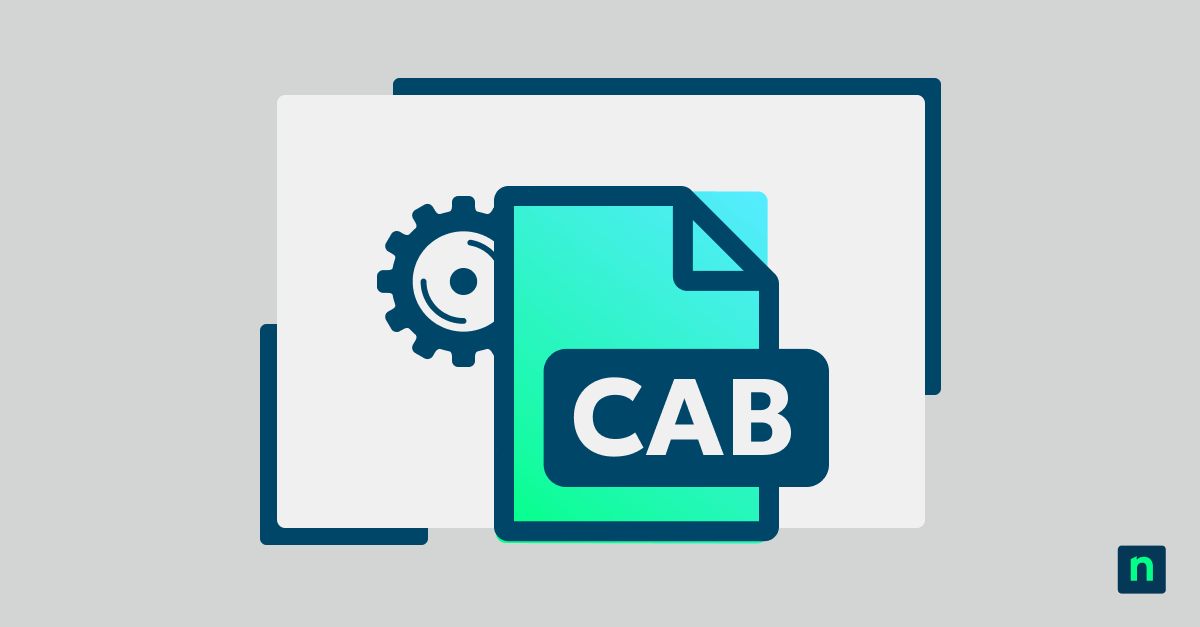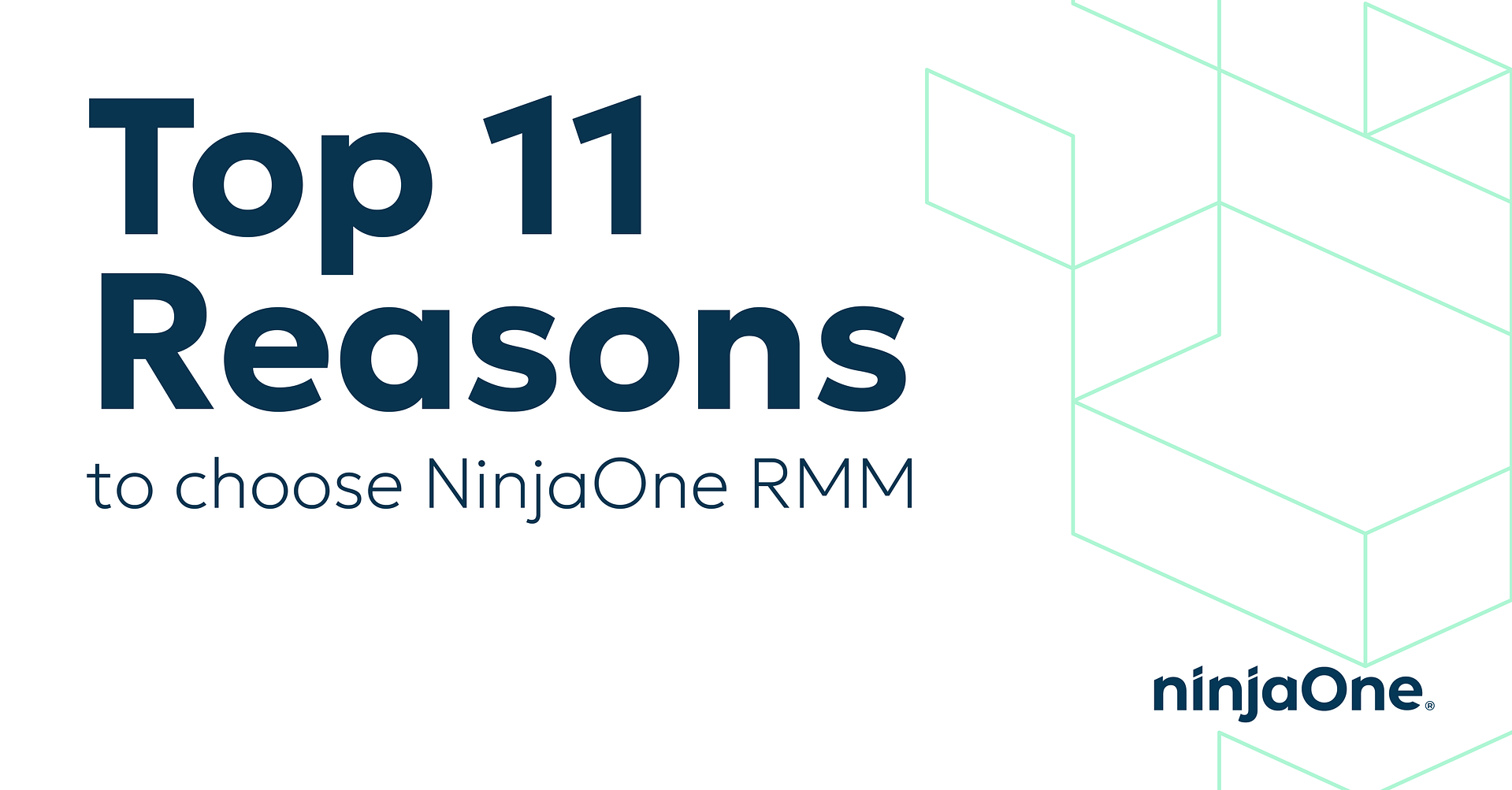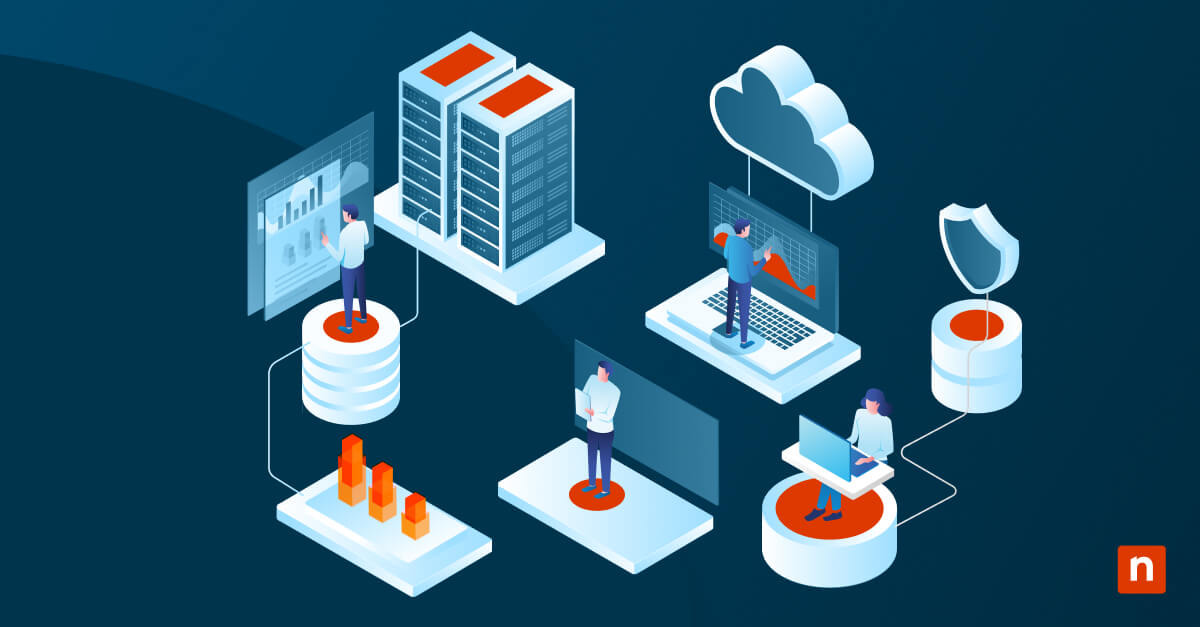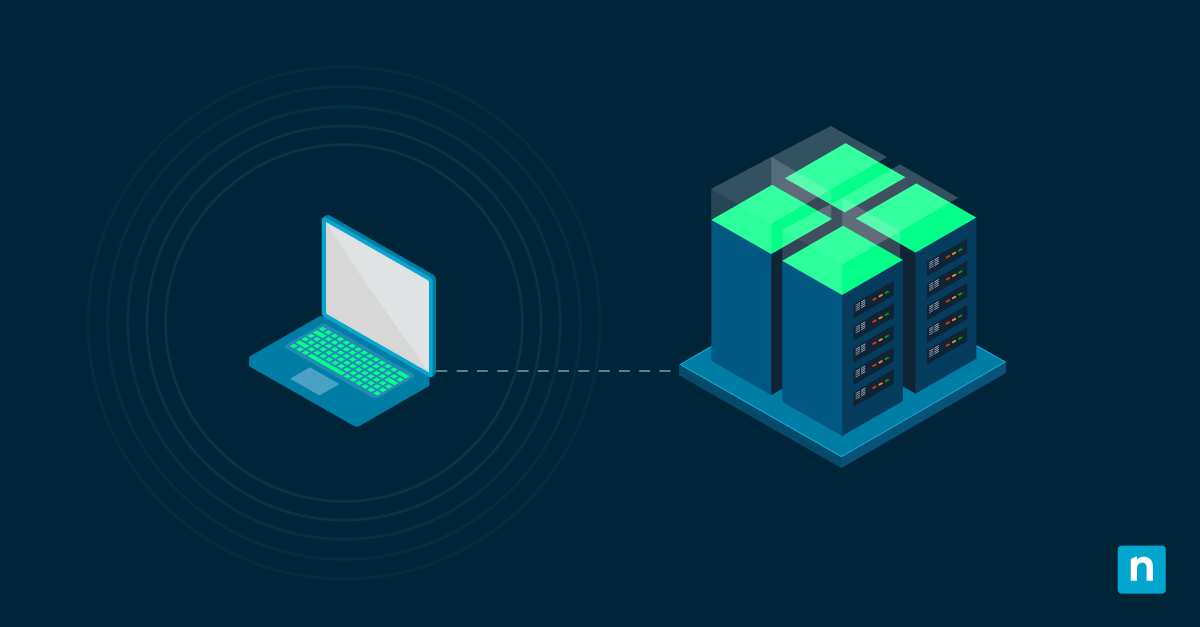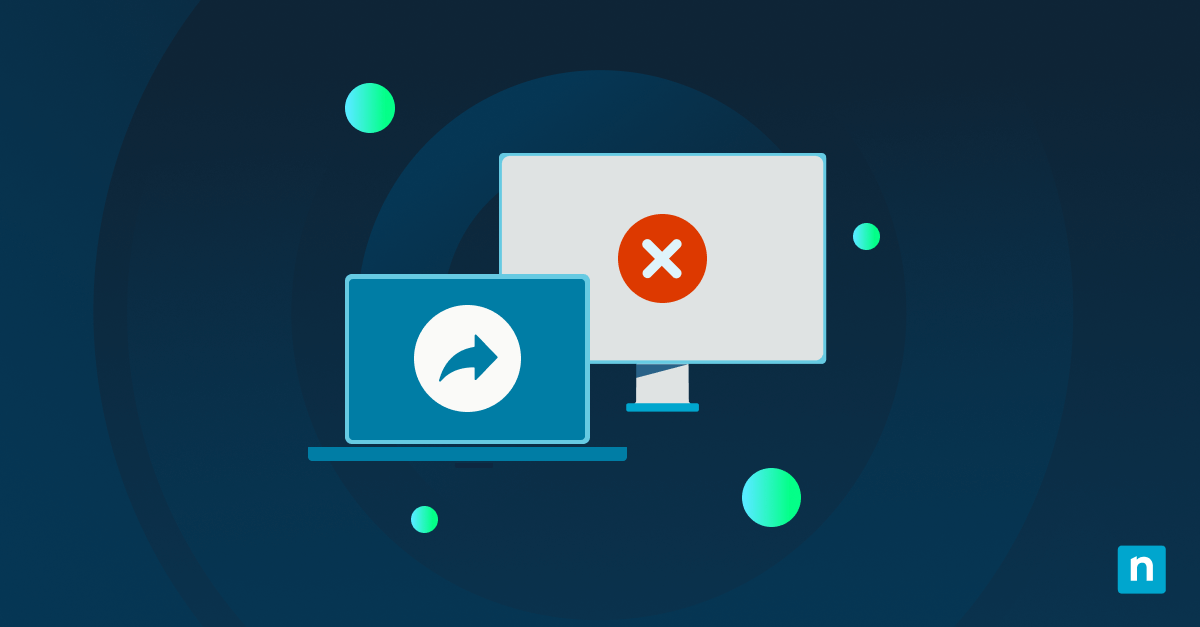In this article, we’ll discuss cloud monitoring pricing and the factors contributing to its overall cost. Many organizations today struggle to realize the extent of their tools’ functionality, leading to a bloated budget with many unused applications. To help you make a more informed decision, this pricing guide details the different factors that contribute to overall cloud monitoring software cost and the potential hidden costs of cloud monitoring.
A quick recap on cloud monitoring:
- Comprises different tools that help you manage, monitor, and evaluate the performance of your cloud infrastructure, architecture, services, and applications.
- Can provide efficient IT automation.
- Helps identify essential trends in user activity.
- Detects potential problems that may impact operations.
- Offers robust health & vulnerability management tools.
While various cloud monitoring tools exist on the market today, you should find a solution that allows you to achieve your business goals as efficiently and cost-effectively as possible.
What is the cost of cloud monitoring?
Like any IT solution, it is important to understand your baselines, business requirements, and goals before considering cost optimizations. Understanding your organization’s needs allows you to estimate costs and intelligently prune unnecessary tools.
Once you have established your organization’s cloud monitoring needs, you can effectively weigh the various aspects determining the price of the top cloud monitoring software. Let’s look at some of them:
Four factors that can influence cloud monitoring pricing
1. Scale and complexity of your IT infrastructure
As cloud services continue to impact how organizations function and thrive in the digital world, it has become increasingly necessary for them to design a scalable IT infrastructure. When considering cloud monitoring pricing, it is a good idea to consider potentially increasing workloads and user bases.
2. Range of features and customization options
While it is important to have the necessary tools to monitor your organization’s cloud infrastructure performance, detect issues, and troubleshoot in real time, knowing which features you turly need is equally necessary. Ask your vendor about any native tools in their cloud monitoring software and whether there are customization options.
3. Licensing models
Cloud monitoring software is typically subscription-based because of its flexibility and lower fees. Remember that an effective solution must monitor the performance and security of your cloud environments proactively. Not only does a subscription-based license help you achieve this every month, but it also provides you with the flexibility and ongoing maintenance and support you need.
4. Vendor reputation and support services
Ensuring the smooth operation of your cloud infrastructure helps you maintain a competitive advantage, so you need to choose the right vendor to help you achieve your company goals. One of the best ways to achieve this is to review several vendors and their offered functionalities and conduct a vendor risk assessment. Aside from their reputation and offerings, look for a vendor that also provides great customer support. Ideally, your chosen vendor should offer free and unlimited onboarding, training, and support – like NinjaOne.
See how NinjaOne offers other economic benefits to IT organizations worldwide.
Pricing models for cloud monitoring software
While dozens of variables can determine the most profitable pricing model for your organization, they can be generally lumped into four categories:
- Flat rate: This model charges all customers the same amount regardless of usage or features.
- Tiered pricing: More flexible than other models, tiered pricing helps companies upgrade their solutions as needed.
- Per-user pricing: This charges organizations for each user that uses their software.
- Per-feature pricing: Customers only pay for the features they need.
- Per-device pricing: This pricing models bills your organization for every device on which the software is installed in.
Comparison of common pricing strategies
| Flat-rate pricing | Tiered pricing | Per-user pricing | Per-feature pricing | Per-device pricing | |
| Pros | You know exactly the features that are available to you. | It gives you the freedom to build your features as your company grows | Allows business members to have equal access to the features | You only pay for the functionality that you need at any specific time | It is easy to add and change devices as your company evolves |
| Cons | Limited customer diversity | There is a possibility you may become overwhelmed with all the available tools | This may limit the growth of the organization since you have to pay for each additional user | A lot of research is required to optimize the solution with the right features | It can become overwhelming without a proper customer support team. |
Understanding the fine print: Hidden costs and potential escalations
None of these pricing models consider the human aspect of your company. For example, defining what features or usage capabilities would most benefit your employees may be difficult.
There is also the issue of training and support. Some cloud monitoring vendors may not provide the support you need. Still, others, like NinjaOne, work closely with you to ensure that all tools within your cloud monitoring software are optimized and functioning properly. In fact, NinjaOne has been consistently ranked #1 for its world-class customer support.
Budgeting for cloud monitoring solutions
It’s a misconception to think that cloud monitoring pricing must be expensive all the time. In fact, you can lessen the financial sting and impact on your organization by carefully budgeting for your intended cloud monitoring platform. This way, you can avoid overspending and underutilizing resources. Some tips to consider are:
- Have a clear vision of what you want to achieve with your software
- Conduct a vendor risk assessment
- Audit your resources regularly and identify unused or underutilized tools
- Match your computing resources with your actual needs
- Consider your vendor as a long-term partner
Lastly, it is a good idea to review your cloud IT budget. Consider regularly revisiting your budget with key stakeholders to evaluate performance metrics and determine any needed changes. During these reviews, look at your current return on investment and adjust your budget as needed to align with your changing business priorities.
Worried about your ROI? Hear other MSP customers’ thoughts about NinjaOne and how its platform transformed their operations.
Cost-effective cloud monitoring software
Effective budgeting for your software does mean just setting aside a one-time fee. Rather, it’s a process that you must constantly review, especially as your business expands and evolves.
NinjaOne’s Remote Monitoring and Alerting tool, which is built into its robust endpoint management platform, gives you complete visibility into your IT network for more proactive IT management. 17,000+ customers worldwide use the integrated platform to gain real-time endpoint health and performance data – including for their cloud infrastructure – so they can experience radical efficiency
If you’re ready, request a free quote, sign up for a 14-day free trial, or watch a demo.

